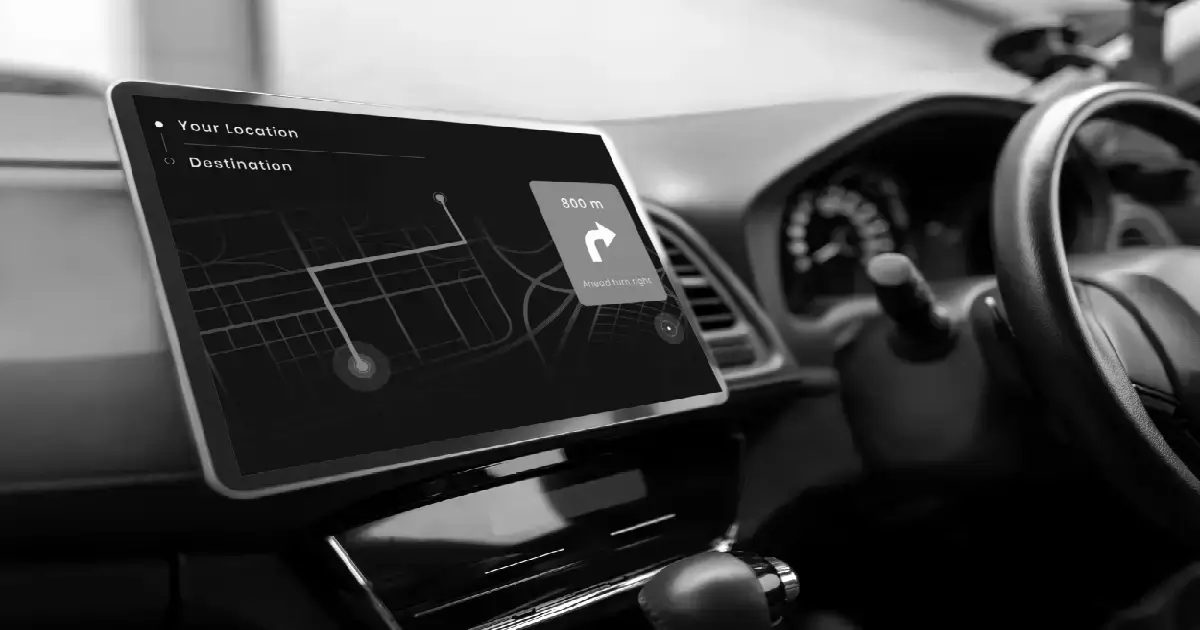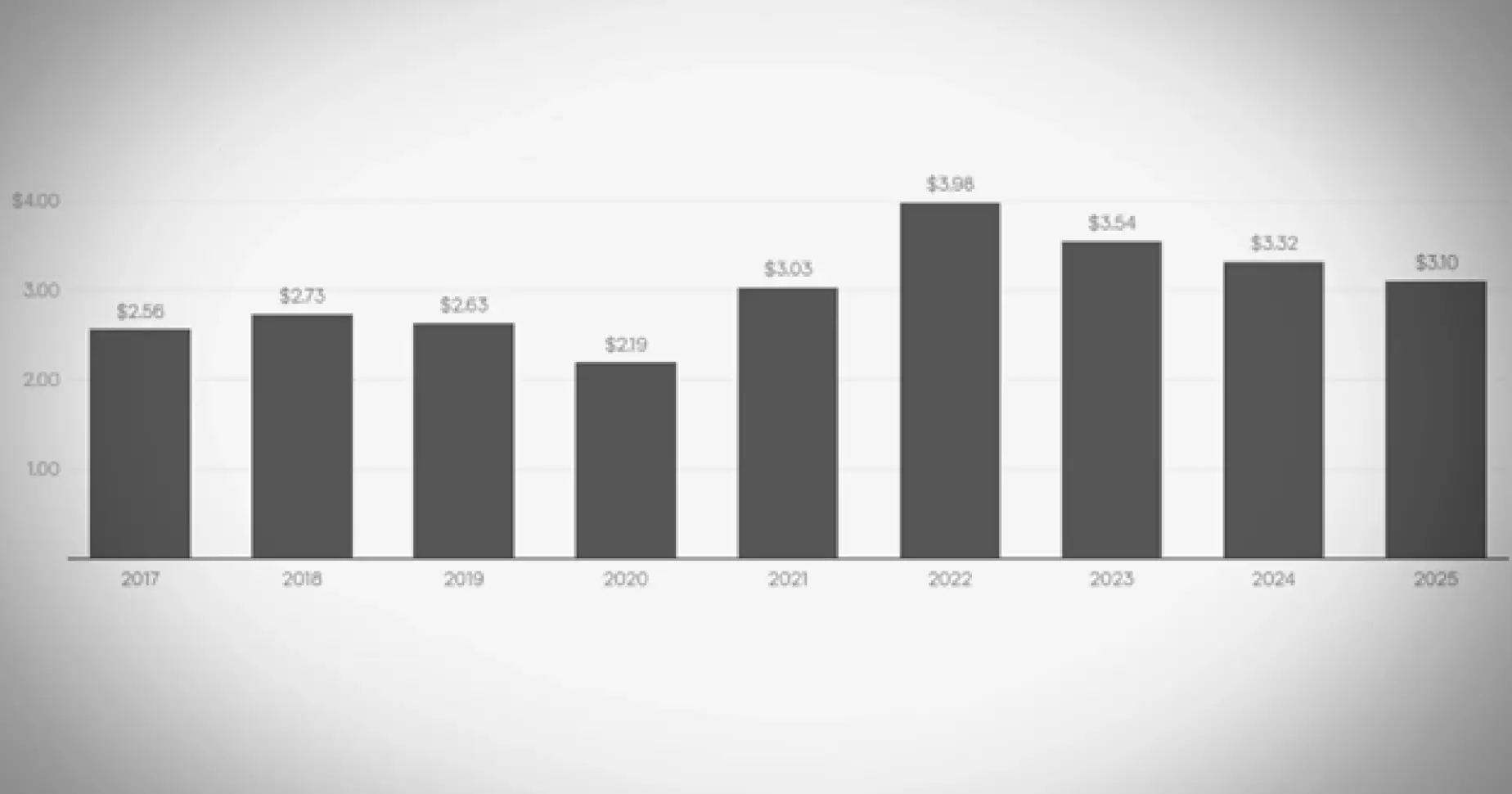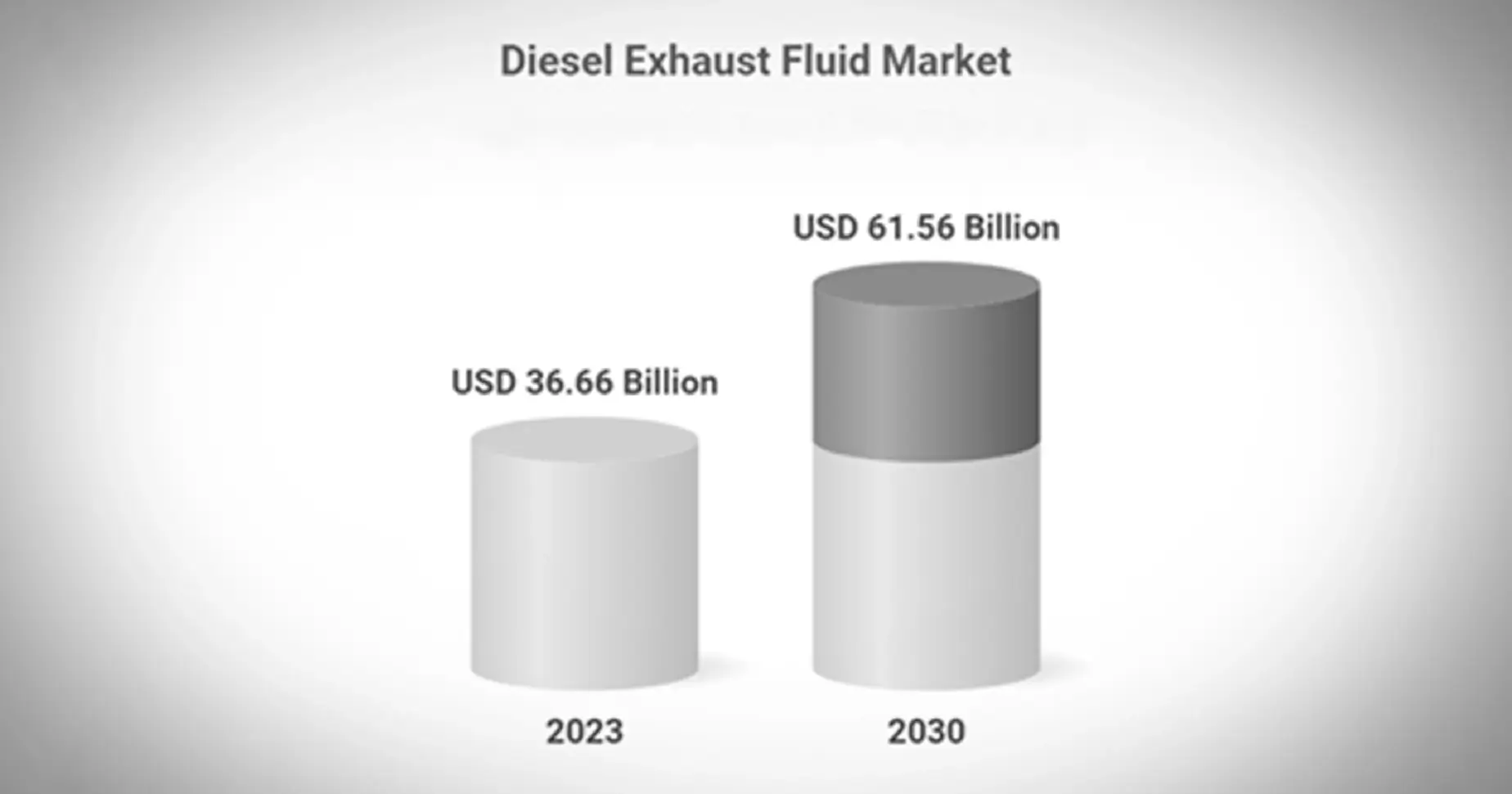Fuel is the most significant operating expense that burdens fleet owners. Fleet businesses often base their analysis and planning around fuel prices, as fuel costs directly impact profit margins. When fuel expenses rise, your profits shrink, and when fuel costs are controlled, profit margins improve. It makes fuel management a critical aspect of fleet profitability. This is where “Telematics,” a widely adopted and trusted fuel management solution, comes into play.

Telematics uses GPS technology to monitor truck movements and analyze fuel consumption. In this guide, we will explore seven proven ways to reduce fleet fuel costs with the help of telematics. We’ll discuss how telematics helps track vehicle location, monitor driver behavior, identify maintenance needs, reduce idling, and manage speeding. You’ll also learn how telematics integrates with other systems to optimize fuel purchases and key operations in your fleet business.
So, let’s get started.
Importance of Telematics for Fleet Fuel Efficiency
Telematics is a technology that uses GPS and on-board diagnostics (OBD) to track the movements and performance of vehicles, trucks, and equipment. Some also refer to this advanced technology as fleet tracking or GPS vehicle tracking, critical in managing commercial and government fleets.
A telematics system works by installing a tracking device in each vehicle. This device collects data such as GPS position, speed, fuel consumption, idling time, harsh braking, seat belt use, and vehicle faults. It connects to the vehicle’s on-board diagnostics or CAN-BUS port and sends this data through a wireless network, such as a cellular network or satellite. The data is then transmitted to a centralized server, decoded and displayed through a fleet management application.
Fleet managers can use telematics to reduce fuel costs by improving routes, monitoring driving habits, and spotting vehicle issues. It helps reduce idling and harsh driving, eventually improving fuel efficiency.
7 Ways to Slash Fleet Fuel Costs with Telematics
Fuel prices never remain stable, and neither do fleet fuel expenses. When fuel prices rise, the operating expenses of fleet businesses also increase. This is because fuel costs are the primary expense directly impacting your business’s profitability. Therefore, it is essential to take necessary measures to keep these costs under control. However, doing so can be a challenge.
But don’t worry; we have compiled the top seven tried-and-true methods to help you reduce costs and improve performance using telematics.
1. Real-Time GPS Tracking and Route Optimization
You already know that telematics systems include GPS technology for real-time location tracking. But how can this help your fleet company?
The key benefit is gaining up-to-date route information to your destination. Route optimization software uses advanced algorithms and GPS integration to identify the most efficient routes. It considers traffic, weather, and fuel efficiency to suggest better paths for your fleet. It reduces idle time and unnecessary detours, lowering fuel costs.
Many fleet managers hesitate to invest in route optimization software due to perceived high costs and doubts about its effectiveness. However, even global giants like Amazon have adopted this technology for improved efficiency and cost savings. In 2022, Amazon introduced a route algorithm called the Customer Order and Network Density Optimizer (CONDOR). It ensures fast and efficient deliveries by analyzing customer orders and the delivery network to determine the most optimal routes.
The benefits of real-time tracking go beyond fuel savings. Planning routes ahead of time reduces the risk of last-minute rerouting. Ensure you implement GPS tracking and route optimization in your company to lower operational costs effectively.
2. Driver Behavior Monitoring
When discussing fleet fuel efficiency, the driver is the first person to consult about vehicle performance on the road. Drivers are the first line of defense optimizing fuel usage through their habits. Monitoring and improving driver behavior is just as crucial as route optimization to enhance fleet fuel efficiency.
Telematics systems track behaviors such as speeding, harsh braking, rapid acceleration, and excessive idling, which all increase fuel consumption. Fleet managers can use this data to identify inefficient driving patterns and provide targeted training to improve fuel-saving habits. Educating drivers on maintaining steady speeds, minimizing idle time, and following optimal routes can help increase fuel efficiency and extend vehicle life. You should also provide drivers with feedback to encourage fuel-efficient habits.
3. Vehicle Diagnostics and Maintenance
Vehicle maintenance may seem simple and less important in fleet management, but keeping your vehicles well-maintained is one of the easiest ways to reduce costs. According to the U.S. Department of Energy, using the recommended motor oil in your vehicle can improve fuel efficiency by 1%-2%. Similarly, basic maintenance tasks like replacing air filters and changing the oil can improve fuel economy by 4%.
Regular checks on oil levels, tire pressure, and brake systems help prevent more costly problems. Telematics systems can alert fleet managers about these issues and allow them to take action before they escalate.
4. Idle Time Reduction
Excessive idling is a common issue among fleet drivers when they have to wait at job sites or other stops. This wastes fuel and increases carbon emissions, harming the environment. Even 10 seconds of idling can consume more fuel than restarting the engine.
According to research from the University of Waterloo in Ontario, a diesel bus can lose 4 to 8 liters of fuel every day due to idling, which adds up to as much as 2,000 liters per year. Fleet managers can use telematics data to track idle time and collaborate with drivers to reduce it. You can reduce idle time by encouraging engine shutdowns during long stops and adjusting schedules to better match driver activity.
5. Speed Management
Vehicle speed has a direct impact on fuel efficiency. Speeding and aggressive driving waste fuel and create safety risks. As speed increases, the engine uses more fuel to maintain higher speeds, especially over long distances. According to research from the U.S. Department of Energy’s Oak Ridge National Laboratory, aggressive driving can lower fuel efficiency by 15-30% at highway speeds and 10-40% at high-traffic areas.
You must control your fleet vehicle speed because it saves fuel, reduces vehicle wear, and improves safety. Telematics systems can help manage vehicle speed by tracking live speed data and alerting drivers when they exceed preset speed limits.
6. Fuel Card Management and Reporting
Telematics systems can link with fuel cards to track fuel purchases. You must implement fuel cards for your fleet to manage fuel costs and prevent fuel theft. Fuel cards allow you to track and control fuel spending. Integrating fleet fueling with your fleet management software gives you a clear view of fuel transactions and consumption.
You can even set spending limits on your fuel cards before handing them to your drivers to prevent misuse. Additionally, you can set up a fuel policy for your employees, defining when, where, and how often drivers can fill up. This way, you can ensure better control over fuel expenses.
7. Telematics Integration with Other Systems
Telematics can integrate with fleet management systems like GPS, dispatching, and maintenance software. This integration helps track vehicles, optimize routes, and monitor vehicle health.
GPS tracking and telematics allow managers to monitor vehicle locations and adjust routes efficiently. Similarly, integrating telematics with maintenance software can alert managers to potential vehicle issues, enabling them to resolve problems early and prevent costly repairs.
Companies like Amazon and UPS have successfully integrated telematics with other systems. These companies use integrated platforms to optimize routes, manage fuel costs, and ensure timely deliveries.
Key Takeaways
The strategies we’ve covered in this article can help improve fleet fuel efficiency and reduce costs. Regular vehicle maintenance, managing idle time, controlling speed, using fuel cards, and integrating telematics with other software are all key steps to optimizing fleet operations. Focusing on these areas can reduce fuel wastage, improve vehicle health, and lower overall fuel costs. We encourage you to explore telematics solutions and implement these strategies to make a noticeable difference in your fleet’s performance.
FAQs
How to improve fleet fuel efficiency?
To improve fleet fuel efficiency, you need to plan your routes and avoid unnecessary idling, which will help reduce fuel usage. You can use fuel management software to track fuel consumption and identify inefficiencies that cause excessive fuel use in your fleet operations. Monitor driver behavior and encourage safe driving habits, such as preventing harsh braking, idling, and overspeeding. Also, consider maintaining your fleet vehicles by upgrading older models to more fuel-efficient ones.
How to do fuel management?
Fuel management involves monitoring and controlling fuel consumption to maximize its use. You can achieve this by planning routes, monitoring driver behavior, and tracking fuel usage through software. It also includes managing fuel stock and performing regular quality checks to ensure the best-grade fuel is used in fleet operations. Vehicle maintenance can further enhance efficiency and reduce fuel costs.
How do you maximize fleet utilization?
Maximizing fleet utilization requires implementing a preventive maintenance program. By analyzing your fleet routes and taking preventive measures, you will likely save significantly in your fleet business and thrive in the industry. Train your drivers on safety measures and fuel management tactics and educate them on the importance of proper vehicle utilization.
What is a fuel optimization system?
A fuel optimization system helps track and optimize fuel efficiency. It is a tool that provides statistical information about a fleet vehicle’s total fuel usage during operations. The data from the fuel optimization system can be used for decision-making, automating tasks, setting fuel consumption targets, and scheduling vehicle maintenance.
How do you create a fleet management budget?
Creating a fleet management budget means formulating a financial plan that outlines how to allocate resources to manage and operate a fleet business efficiently. To create a fleet budget, you need to forecast yearly expenses and track fuel consumption. Determine your recurring monthly costs, set clear goals, and adjust the budget to maintain operational efficiency.
Slash Fleet Fuel Costs Today with Fuel Logic’s Expert Delivery Services
Fuel Logic is a US-based fuel delivery agency offering customized fuel delivery services to help you reduce fleet fuel costs. We have efficient delivery systems to ensure you have the fuel you need at your business site whenever required. We provide diesel, gasoline, DEF and all other fuels for your fleet vehicles.
Partner with us to fulfill your fueling needs and receive the right fuel at the right time. We deliver fuel across various locations in the US.
You can also visit our FAQ page to learn what services we offer and how we work.
So, whenever your truck runs out of fuel during a crucial shipment or you need to stock fuel at your site, just call us and order the required amount!






